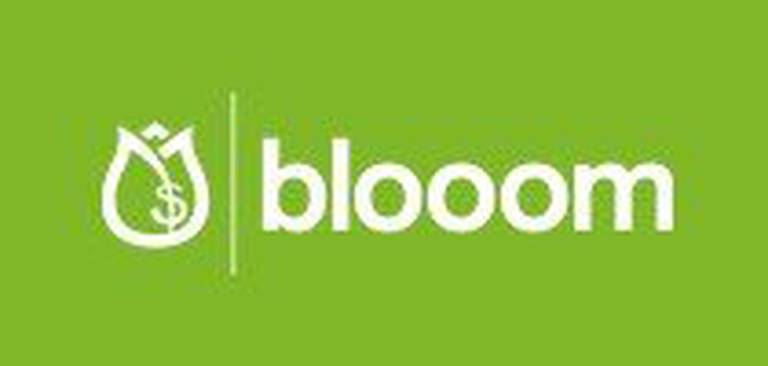The question of whether to invest in a Roth or traditional has come up a lot lately. Previously, I wrote about these retirement accounts in The Ultimate Guide to Traditional and Roth 401(k) and IRA Retirement Accounts. In that article, I linked to a Roth 401(k) calculator that can help you determine what’s best for you. I wanted to point out, however, that the decision is not necessarily one or the other. If your employer offers both Roth and traditional 401(k) plans, typically you can choose to invest in both. Your total contributions cannot exceed the IRS limits ($19,000 in 2019 + $6,000 catch up for those 50 and older). But within this limit, you can invest a portion in a traditional plan and a portion in a Roth plan. I can think of at least two good reasons to consider splitting your investment into both types of plans.
First, you may conclude that the best plan for you depends on what your tax rate will be during retirement. The problem is, of course, that we can’t know for sure what the tax situation will be many years from now. Since we don’t know, why not invest some of your money in both plans? By doing so, you hedge against the possibility that you’ll put all your money in one plan that turns out to be the second-best choice.
Second, you may conclude that the Roth is best, but can't afford to lose the current tax savings that a traditional 401(k) offers. If that's the case, you can start off investing some small portion in the Roth plan, and as your income grows (and your need for the tax deduction diminishes), you can gradually switch your contributions from the traditional plan to a Roth plan.
It's this second option that I'm seriously considering when my employer begins offering the Roth 401(k). And since my company matches dollar for dollar up to 6%, putting all my money in a Roth 401(k) would result in the first option. Why? Because matching contributions are placed in a traditional 401(k), even if the employee contributions go to a Roth 401(k).

Finally, if you’re funding a 401(k), you may also want to consider signing up for blooom. It’s the only dedicated robo-advisor for 401(k) accounts. Blooom gives you a free analysis of your retirement plan and for $120 per year, blooom will manage your 401(k). This includes finding and minimizing hidden fees, regularly adjusting your portfolio, expert financial help from blooom advisors and suspicious activity alerts to protect your account. blooom can work with any employer-sponsored retirement plan and is currently the only robo-advisor available that specifically manages 401(k) accounts. You can learn more about blooom here.









